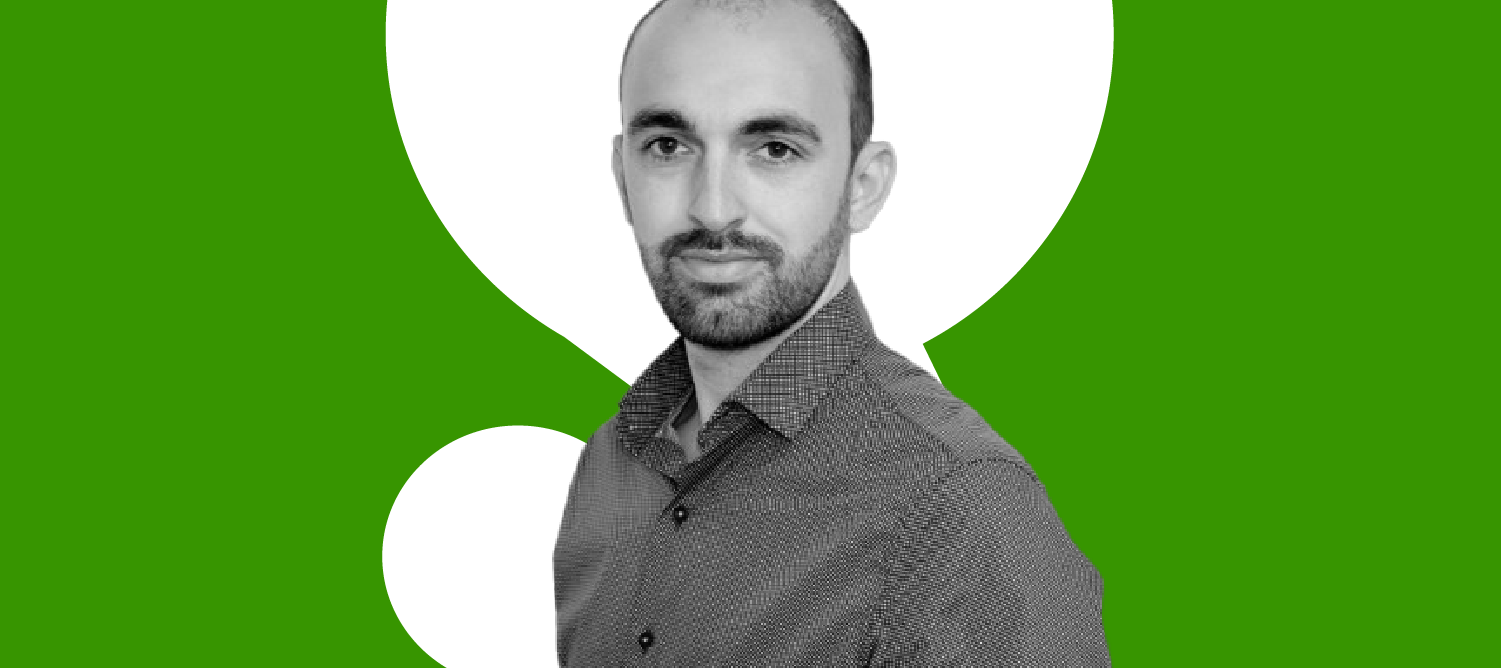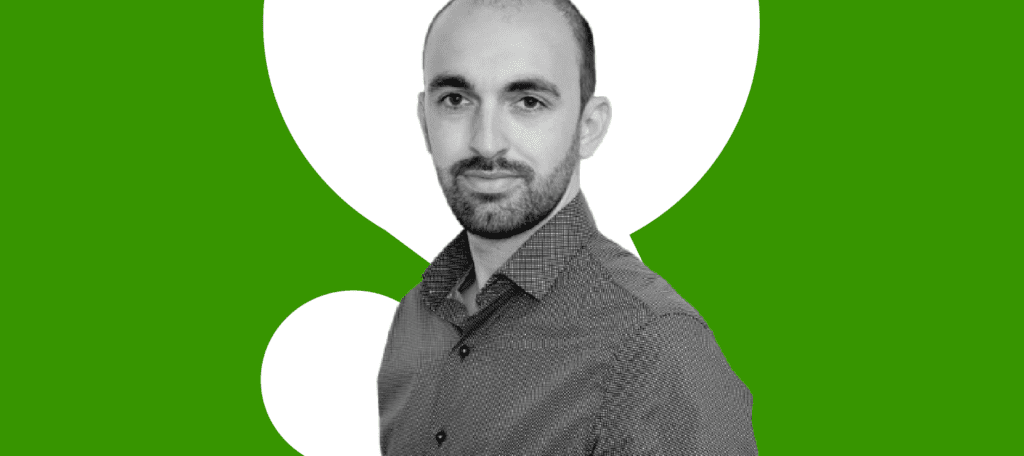Relatively speaking: Felix Iosif Andries, Harte Hanks, on using text data sources

By Marcus Pemberton
At Relative Insight, we’re thrilled to be able to say that we work with a varied roster of customers who do amazing work using our technology in exciting ways. ‘New uses of text data sources’ might not sound like a reason to get out of bed in the morning. But, hearing that our customers are innovating by coming up with new ways to put our technology through its paces, in our humble opinion, is pretty darn exciting.


I caught up with Felix Iosif Andries of global marketing agency Harte Hanks, to tell us a little more about what he does with data, and why comparison is so useful.
What’s your role at Harte Hanks?
I work as the social analytics and marketing technology specialist for the agency, and a big part of my role has always been to find new data sources and also new ways of analysing data – both for audience intelligence but also for measuring marketing effectiveness
You’ve been in this space for about seven years, what has been the biggest change you’ve seen in the role of data and insight at the agency?
When I first joined, I was tasked to work with social data, and I found that initially we were generating fairly standard outputs which looked at specific brand mentions, and it was very challenging to find anything else that particularly useful or ground-breaking. As I got to know and understand this data source a lot better and start using comparison as a methodology, I was able to generate some really remarkable insights, not only around online brand mentions but also around broader online conversations that helped me to really start profiling audience segment
Then over the last year, we’ve started to combine offline sources and things like news articles and forum data to create very large, comprehensive data sets, which has required even more tools to help analyse it.
So overall, the biggest change that I’ve observed over this time has been the ability to combine more and more data sources into the same piece of work, and then the advancement of analytic tools such as Relative Insight that allow us to do so much more with the data we’ve already got. I’m often the one who gets to test out new tools, and so it’s a real privilege to try out new methodologies!
And what’s your prediction for the future of our industry?
There is an ever-growing amount of data available, and so the future of the industry for me will be continuing to expand the amount of public source information that we can analyse, as well as keeping up with the demands for faster and faster ways of analysing that information. So rather than assessing a campaign after it’s finished, more and more work will take place in real time, so optimising live campaigns from insights we’re getting right now, from multiple data sources live in the moment.
This means that our turnaround times will need to be ever faster and the tools that we use will need to continue to improve with how quickly we can generate actionable insights. The future is going to be fast, with a high volume of data analysed quickly to allow people to make decisions almost immediately.
What specific data sources have you found to be most insightful?
A key part of my role has been to match the correct data source to each brief, so there’s no one perfect source of data for all briefs. If for example, I want to analyse customer feedback, then Twitter and Facebook are great sources, but if we’re launching a product in a new market, then it’s far more useful to look at data from news articles and blogs.
But what’s really great is the volume of public source information available online – there’s a data source for every brief, we just need to know where to find it!
What’s the most interesting piece of work that you’ve done recently?
A big challenge for every organisation has been in understanding how coronavirus has affected people’s behaviour. At Harte Hanks, we have produced a survey to help us understand global consumer trends. With such a huge amount of unstructured survey responses, and without knowing exactly what we were looking for, it was really useful to be able to split that data in Relative Insight’s platform and determine how people’s behaviour had changed since the virus started spreading across the world.
We were able to identify that in general, people have been a lot more cautious about how they’ve been spending money, especially around what they’re eating and their entertainment options, and so it’s been particularly useful to be able to actually quantify that, and put some numbers behind those insights, rather than report on our opinions on the language used from reading a sample.
Is there anything else that you’d like to share?
Yes, in my opinion, Relative Insight is a must-have tool for language analysis! It’s been so useful to be able to combine so many data sources in one place, including uploading article urls, social data and survey data. It’s been really easy to navigate, really user friendly and we’ve had a huge amount of useful insight out of the tool in a short period of time.
If you’d like to learn more about how Felix and his team at Harte Hanks can you help you, please contact them directly at social@hartehanks.com.